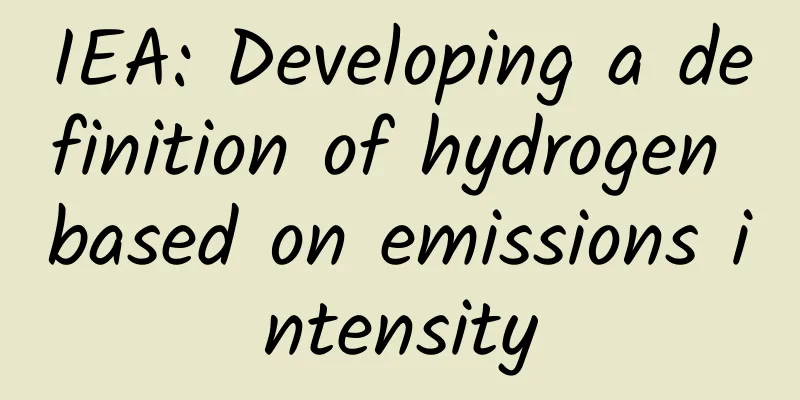IEA: Developing a definition of hydrogen based on emissions intensity

|
The IEA has published the report “Towards a definition of hydrogen based on emissions intensity”. A clear understanding of emissions associated with hydrogen production can help promote investment and scale-up Most large-scale projects to produce low-emission hydrogen face important bottlenecks. Only 4% of announced projects are under construction or have reached a final investment decision. Uncertainty about future demand, a lack of infrastructure to deliver hydrogen to end users, and a lack of clarity in the regulatory framework and certification schemes are preventing project developers from making a firm decision to invest. The production and use of hydrogen, ammonia and hydrogen-based fuels needs to be scaled up The G7 is a cornerstone of efforts to accelerate and scale up the production and use of low-emission hydrogen, ammonia and hydrogen-based fuels. G7 members account for around a quarter of global hydrogen production and demand today. At the same time, G7 members are leading the way in decarbonizing hydrogen production and developing technologies for new hydrogen applications. However, G7 members cannot meet this challenge alone. The development of an international hydrogen market will require the participation of a wide range of other stakeholders, including emerging economies. A definition of hydrogen based on emissions intensity could form a strong basis for regulation The emissions intensity of hydrogen production varies significantly depending on the production route. The emissions intensity of hydrogen produced by electrolysis is determined by the emissions of the electricity used. Carbon capture and storage technology can reduce direct emissions from fossil hydrogen production, but measures are needed to reduce upstream and midstream emissions. Governments should develop roadmaps for domestic and imported decarbonized hydrogen production based on their national conditions. Referencing the emissions intensity of hydrogen production in regulations could enable interoperability and limit market fragmentation Several certification systems or regulatory frameworks defining hydrogen’s sustainability attributes are currently being developed, but a lack of consistency could lead to a fragmented market. Regulations and certification for the emissions intensity of production using hydrogen should also be able to accommodate additional sustainability criteria. |
<<: Amazing technology that is expected to move from science fiction movies to reality
>>: The ultimate horror experience TV version of "Dead Effect" review
Recommend
Commercial space tourism moves from science fiction to reality: How far is it from the popularization of space?
Space tourism, once upon a time, was like a plot ...
How to build a product operation data indicator system!
In the era of big data, the importance of data in...
What is it like to have an international award at the entrance of the village? | Great Power Technology
What is it like to have a super-large bridge in t...
I want to set up IP exclusion in Baidu bidding. Where can I find the IP to be excluded?
I want to set up IP exclusion in Baidu bidding. T...
Aesthetic Corrective Makeup Ultimate Lifting Base Makeup Treatment
Introduction to the resources for the ultimate li...
LeEco receives 16.8 billion yuan in strategic investment to revive its business and is expected to surpass BAT and lead the Internet industry
"There will always be a time to ride the win...
How to create a landing page with high conversion rate? Share 2 pictures!
Unlike traditional industries that can bring prod...
LeakCanary: detect all memory leaks
Original text: LeakCanary: Detect all memory leak...
Product Case: How to use social apps for couples?
Social networking for couples has never been favo...
This Japanese car company withdrew from China due to poor sales, and domestic brands actually felt that they were in the same boat
On June 15, BAIC Changhe announced that the Japan...
Insomnia = high blood pressure. Did you know that high blood pressure is caused by sleeping?
Sleep problems are plaguing the entire human race...
Uncovering the magic number behind user growth [5]
"5 times" is a magical number. Users wh...
Let’s go and see the Grand Canal!
Open China map We will find the great rivers in e...
How to decompile Android APK
Preface I have been decompiling for a long time, ...
Community operators should know these 5 community management tools!
The community is hot. From enterprises to individ...









